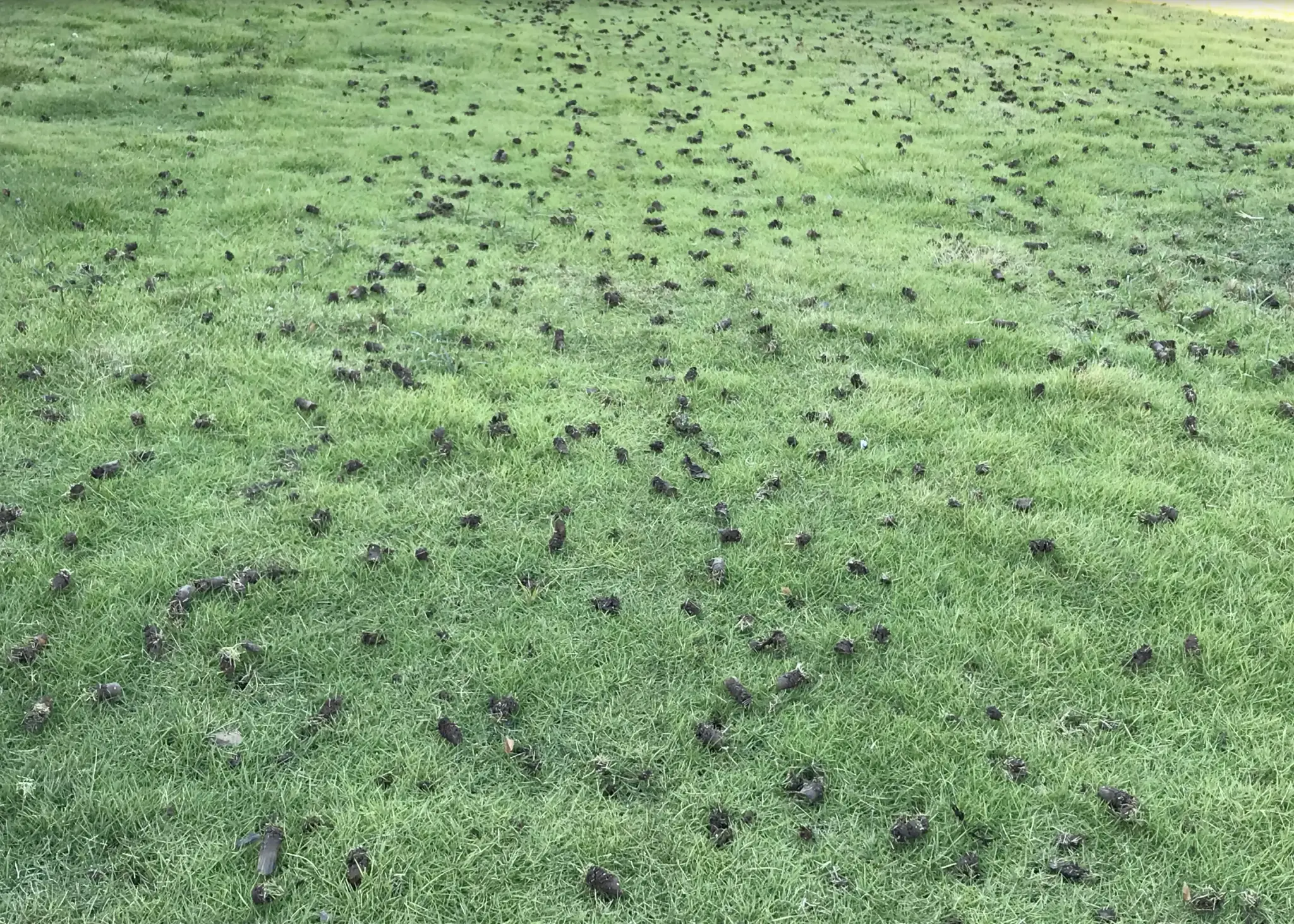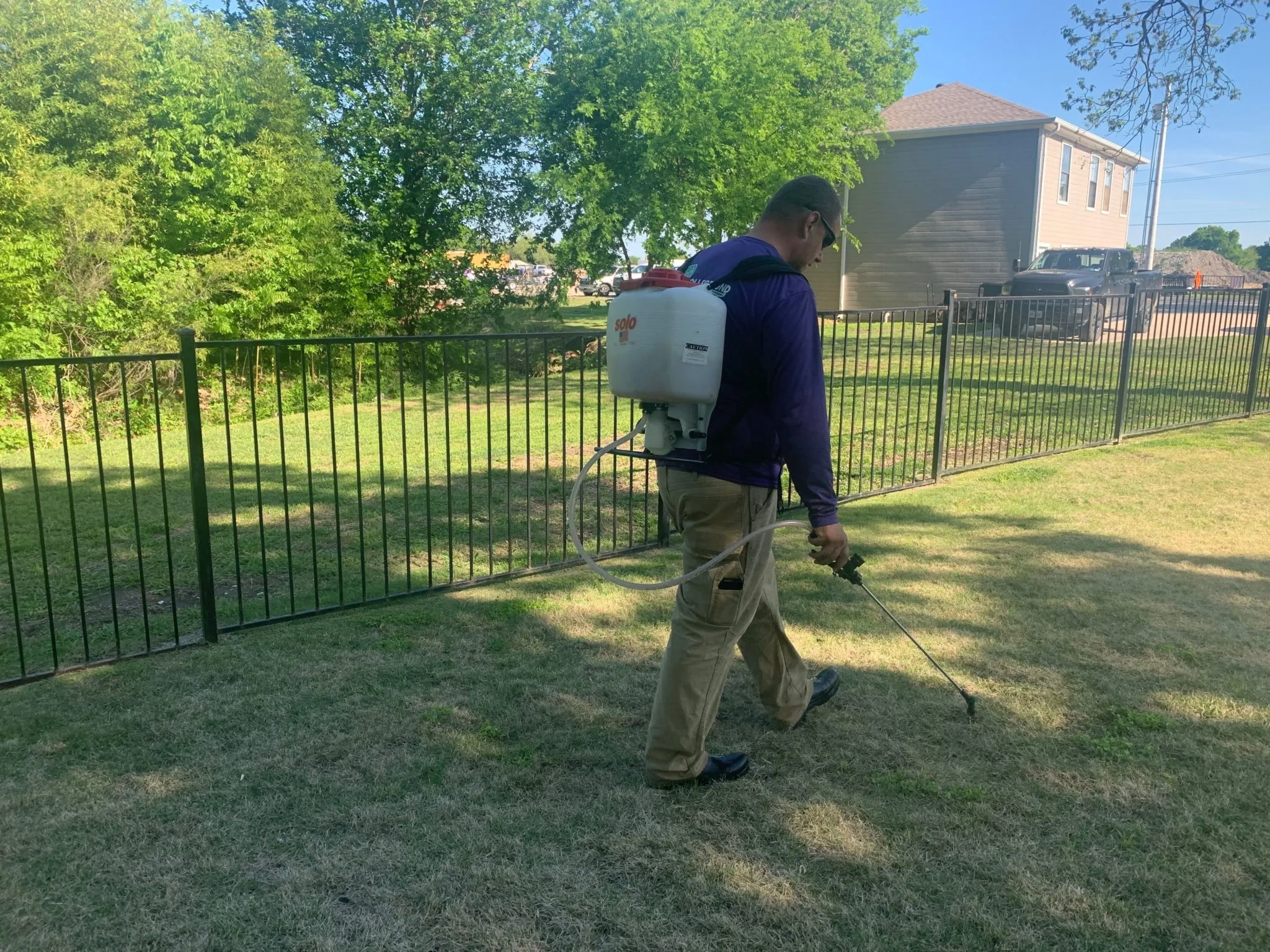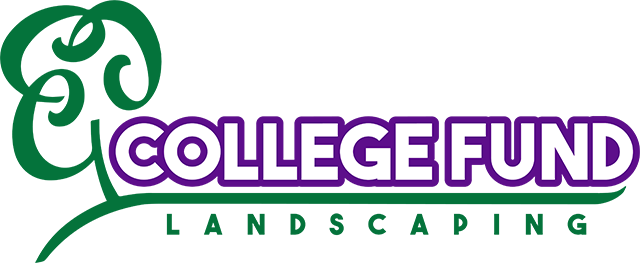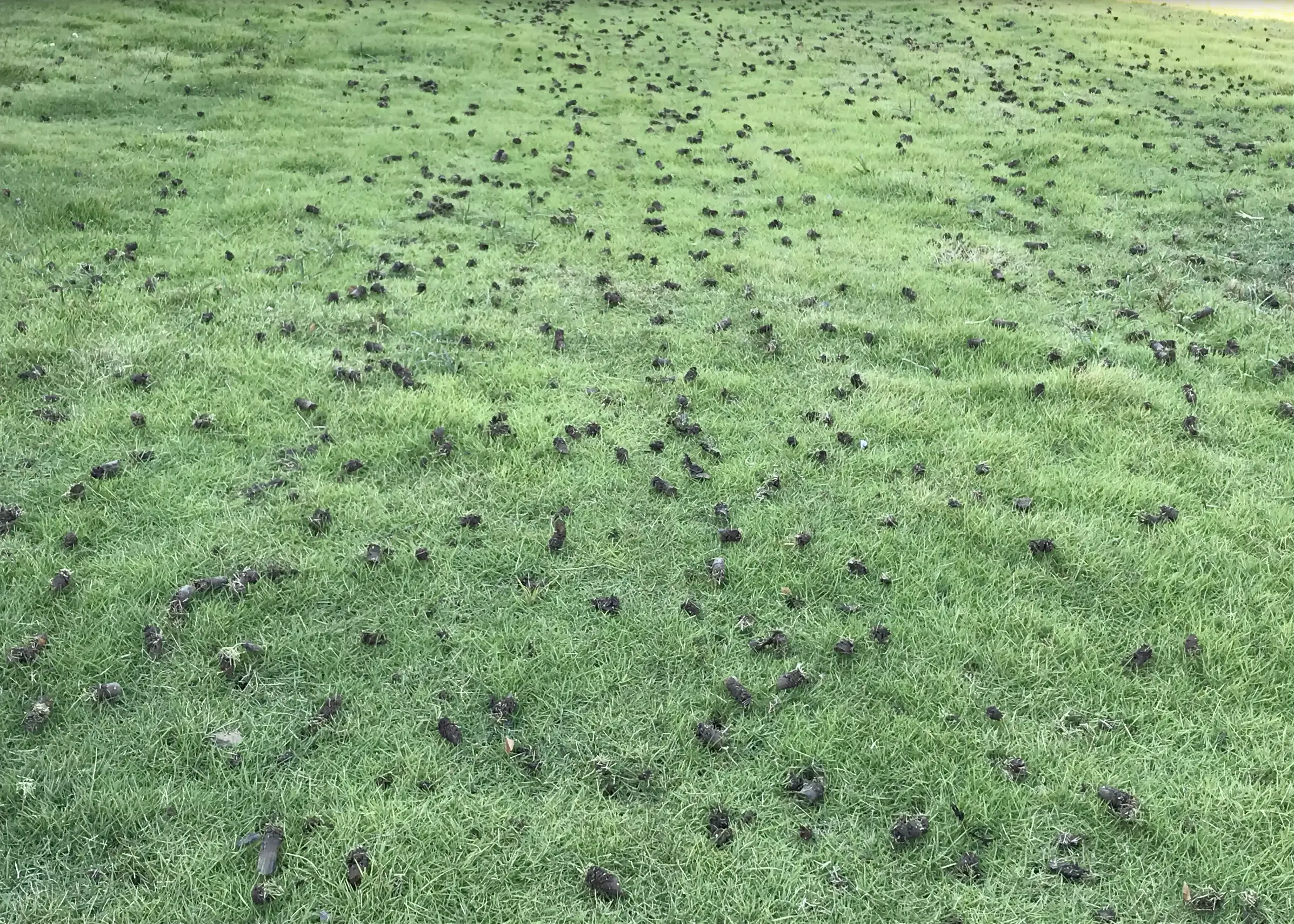Lawn aeration has become an essential part of lawn maintenance and is commonly used alongside mowing, fertilization, and weed control to keep grass strong and healthy. In recent years, a new method for aerating soil has emerged: liquid aeration. Liquid aeration has the same basic aim as manual aeration, but it uses a completely different approach to achieve results. This technique is being hailed as a breakthrough in lawn care and is helping property owners everywhere achieve greener and stronger grass.
Before we get into how it works, let’s recap why aerating your lawn is so important.
What is Aeration?
Healthy grass depends on essential nutrients being able to penetrate the soil below it. Potassium, nitrogen, and phosphorus are all crucial for maintaining strong roots, repairing damage, and fighting off pests and disease. Without them, your grass will quickly start to lose its vigor.

With regular use, the soil beneath your grass becomes compacted and dense, making it difficult for nutrients, water, and oxygen to pass below the surface. This is exacerbated when thatch or organic material accumulates. While a thin layer of thatch can help protect your lawn from extreme temperature changes, too much can lead to excess water being held in the soil, preventing oxygen from reaching the roots and creating a fertile breeding ground for pests. When this happens, your grass can quickly become malnourished, leading to a dull, patchy lawn that is prone to hard-to-drain puddles and unpleasant diseases.
Aeration is a process designed to prevent these issues.
It works by easing compaction and thatch build-up, helping to promote a healthy circulation of water, oxygen, and nutrients. There are many benefits to aerating your lawn, including:
- Enhancing the soil’s ability to absorb water.
- Improved fertilizer uptake and effectiveness.
- A reduction in runoff and puddling.
- Stronger grassroots.
- Increased resistance to drought and heat stress.
All of these things help to establish a healthy, resilient lawn.
Core Aeration v Liquid Aeration
Often when people think of aeration they picture the mechanical kind. Mechanical or core aeration involves creating small holes in the ground then removing plugs of compacted soil with an aeration machine. By creating hollow passages above ground, aeration aids in reducing soil compaction and allowing oxygen, nutrients, and water to penetrate more deeply. Core aeration will improve the appearance of your turf immediately because it removes thatch and debris build-up.
Liquid aeration serves a similar purpose to mechanical aeration but penetrates the soil more deeply than poking holes in it alone. The method employs liquid solutions that contain clay-dispersing ingredients, to break down and loosen compacted soil particles. The solution is often mixed with water and then applied evenly across the affected area of turf. As the liquid gets to work on the compacted soil, small channels are created which allow water, oxygen, and nutrients to permeate hard-to-reach areas.
Although core and liquid aeration are designed for the same purpose, there are a few key differences that you should take into account before choosing a method.
Firstly, although mechanical aeration instantly improves the appearance of your lawn, when it comes to long-term benefits, liquid aeration is the superior choice. This is because it penetrates four times as deep as mechanical aeration, reaching up to 1ft underground. This is compared to the three inches achieved by the machine. That means that even the deepest set roots benefit from the treatment. It’s also worth noting that mechanical aeration can leave your lawn looking a bit torn up. It doesn’t damage the grass long-term, but it will look messy for a while.
The second difference is that liquid aeration achieves a more even application than core aeration. Whereas mechanical treatment is hampered by obstacles like sprinklers, dog fences, and underground cables, liquid aeration can be applied to every square inch of your lawn. What’s more, because no aerator is needed, setup and cleanup are quicker too.
The final difference between core and liquid aeration is the conditions that are needed to apply them. Core aeration works best when the ground is not too dry, as the machine has a harder time penetrating dry soil. On the other hand, liquid aeration can be applied to pretty much any type of soil.
What is Liquid Aeration and How Does it Work?
During liquid aeration, a solution is sprayed onto the lawn to release compacted soil. The solution works by loosening the top layer of soil and creating pores deep inside the root zone. These tiny pockets allow water, oxygen, and nutrients to flow freely into hard-to-reach areas, leading to stronger grass and healthier soil.
The exact formula for liquid aeration varies from brand to brand, but the basic recipe includes a mix of water and ammonium lauryl sulfate, a chemical commonly found in soap. Ammonium lauryl sulfate disperses clay particles, which in turn promotes soil aeration. At College Fund Landscaping, we use N-Ext Air-8, which contains active ingredients to nourish topsoil and stimulate root growth.
Liquid Dethatcher
Like liquid aerators, liquid dethatchers eliminate the need for mechanical equipment to maintain your lawn. Turf is sprayed with a solution that accelerates the composting process, breaking down thatch from the soil level up. This quickly reduces thatch and recycles any organic matter into food for your turf.
College Fund Landscaping’s Fertilization, Weed Control & GADA Program
With our new liquid aeration service about to launch, now is the perfect time to sign up for our Fertilizer Program.

Our professional fertilization process can ensure maximum results. We examine your property thoroughly in order to disperse the correct fertilizer for your type of grass, in the right amount, at intervals that will be most effective.
In addition to this program, all customers have access to our GADA program, which includes two liquid aeration treatments.
The first treatment will be completed in the next couple of months, and the second is scheduled for late winter/early spring. The upfront fee for your mechanical session will be split into two easy-to-pay installments.
During the treatment, we will also apply a liquid dethatcher, which quickly reduces thatch and recycles any organic matter into food for your turf.
You can learn more about College Fund Landscaping’s GADA Program by visiting our website. For a free quote, call our office on 972-985-0279.



Comments (0)
Thanks for your comment!
Thanks for your feedback! Your comments have been successfully submitted! Please note, all comments require admin approval prior to display.
Error submitting comment!
There is a problem with your comment, please see below and try again.